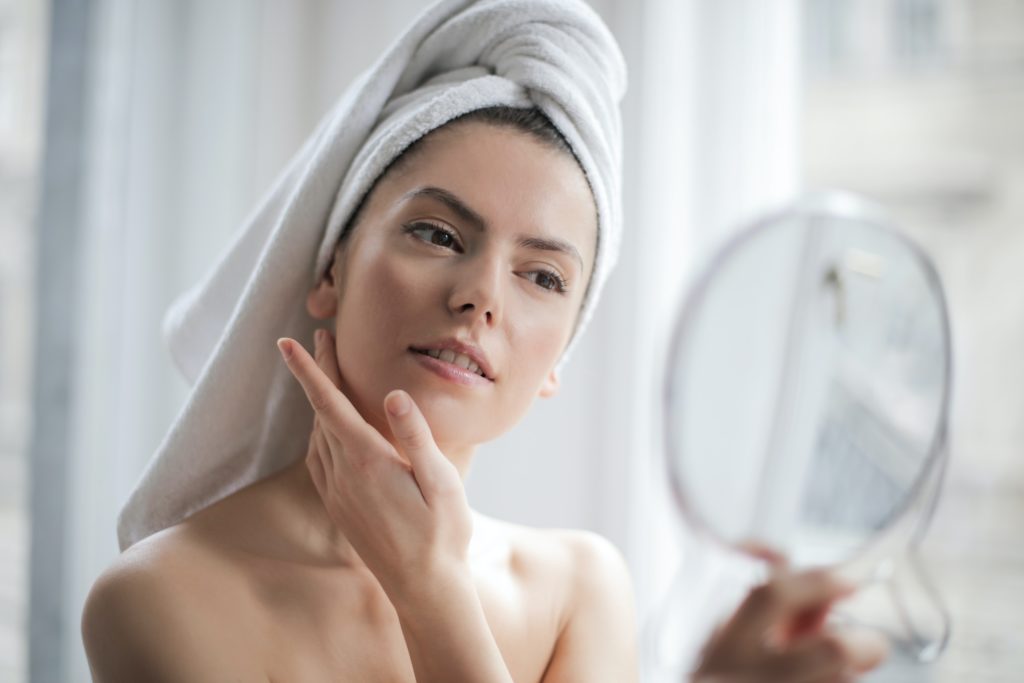
According to cosmetologists, retinol is the gold standard in skin care, which has long been held in high esteem by editors, dermatologists, influencers and celebrities. It solves almost all problems: not only prevents acne, but also helps fight the signs of aging. All you need to know about a favorite beauty ingredient if you’ve never used it before and want to know the best way to do it is in our resource.
What is retinol and what is it for? Retinol is a form of vitamin A that is used to treat problems such as hyperpigmentation, acne, dryness, and to fight wrinkles. Retinol activates the skin’s renewal process and is an excellent preparation for chemical peels and other medical procedures.
In addition to exfoliating, smoothening the skin and giving it a natural glow, retinol also has antioxidant properties and reduces the appearance of age spots.
Is retinol the same as vitamin A? Retinol is the scientific name for the chemical constituent of vitamin A. In other words, it is a form of retinoid, a derivative of vitamin A, which is a precursor of retinoic acid. After applying any of its forms to the skin, the transformation process begins: the body converts retinol into retonic acid. It is in the latter that the benefits of the ingredient are laid, which are then noticeable on the skin.
The peculiarity of the substance is that it acts on the skin from the inside: it activates the cells of the inner layer of the skin, saturating them with itself, and they begin to renew themselves.
How should I use retinol? When you use retinol for the first time, you may experience discomfort such as dryness, redness, and even peeling of the skin. Therefore, choose formulas with moisturizing ingredients that will soften the irritating effects of retinol. Use it twice a week, gradually reducing the intervals to daily use if your skin is well tolerated.
If you do not suffer from hypersensitivity, then, as your skin adapts, you can increase the percentage of retinol. Use retinol products at night, as many forms of retinol are useless on the skin in daylight.




